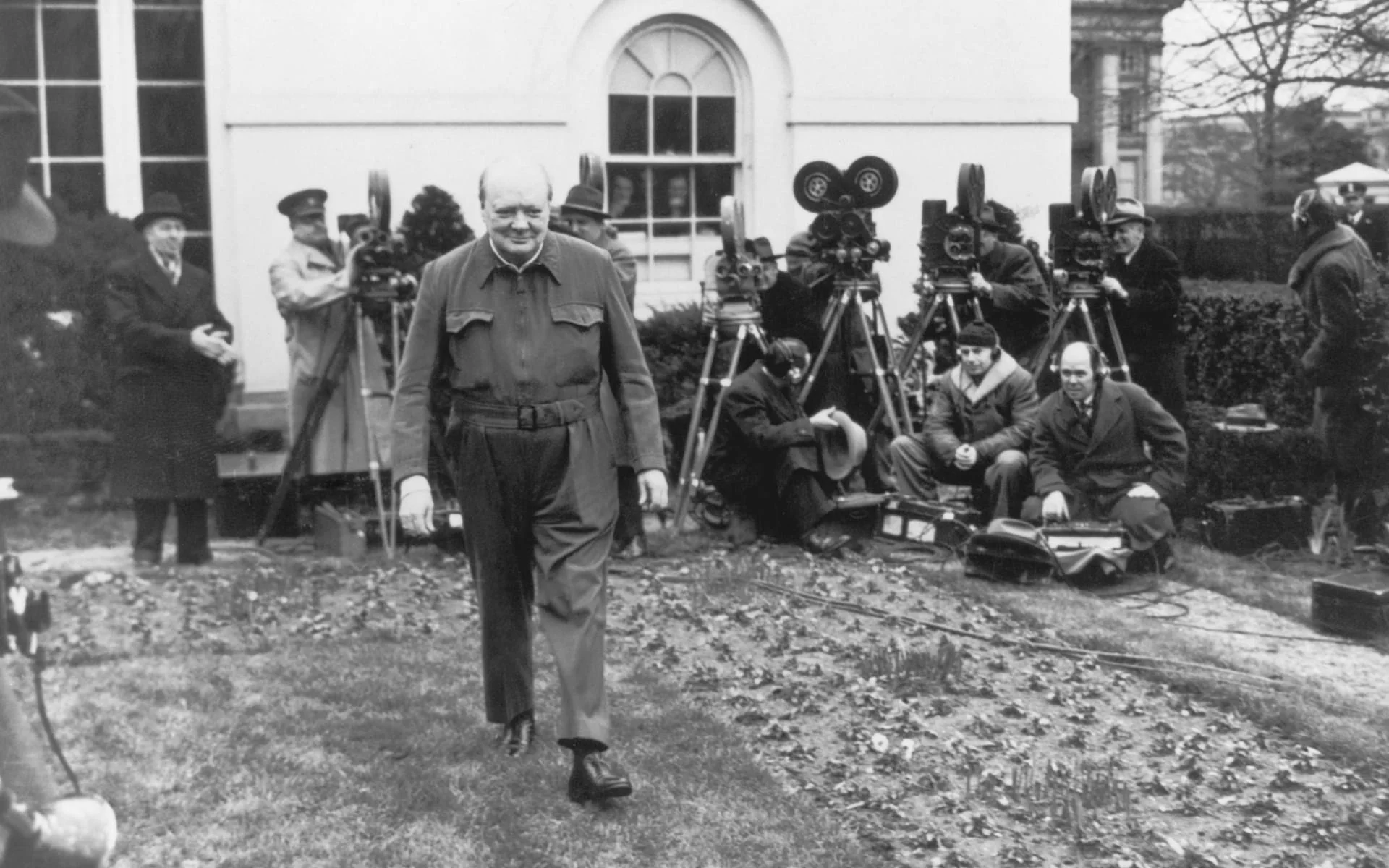How do you solve hard problems?
Eli Lilly is one of the world’s largest pharmaceutical companies.
Founded in 1876 by the American Civil War veteran and chemist Col. Eli Lilly, it is most famous for the drugs Cymbalta (for depression) and Cialis (for erectile dysfunction).
Whilst companies of this type are well-known for being extremely profitable, they do have an Achilles heel: high R&D costs.
Developing a new medicine is an enormously expensive endeavour.
In the late 1990s, Alpheus Bingham and Aaron Schacht were in charge of the research department.
The two colleagues spent many hours brainstorming more efficient ways to approach drug development.
Year on year, costs had been rising because many of the problems they were trying to solve were ‘hard’ problems. Even their brightest scientists had been unable to crack them.
In the course of their discussions one day, they proposed a radical idea.
What if we asked other people to help us?
Their suggestion was to create a website where they could post the company’s hardest questions. If any visitor was able to solve one, they would receive a financial reward.
Initially, this was viewed with great skepticism internally.
Historically, pharmaceutical companies have been wary about sharing any information given the enormous costs involved in acquiring the knowledge.
Bingham and Schacht shared a different opinion.
They reasoned that they had nothing left to lose as many of their current problems were challenges that the company had been wrestling with for years.
Despite the internal reservations, Eli Lilly launched the website InnoCentive in 2001. The name came from combining the words ‘innovation’ and ‘incentive’.
Nothing much happened initially.
But then the responses started to trickle in.
They came from a broad spectrum. From the world of business and entrepreneurship to engineering and agriculture. From the domain of mathematics to design and the sciences.
By 2003, the project had become so successful that it was spun off and used by other companies to solve their problems.
To date, InnoCentive has solved over 2,000 problems for organisations including NASA, Thomson Reuters, AstraZeneca, Anheuser-Busch InBev, and Ford.
In 2007, Karin Lakhani, a professor at the Harvard Business School, began analysing hundreds of challenges posted on the site. According to his data, nearly 40 percent of the difficult challenges were solved within six months.
This was far shorter a timescale than if the companies had relied on internal resources only.
In today’s world, we face an unprecedented number of difficult challenges. The example set by InnoCentive demonstrates the enormous potential of collaboration when it comes to problem solving.
The greater the number of different approaches, the greater the likelihood of a solution being found.
The problem with expertise is that it often leads to the same type of thinking being applied that has worked in the past.
However, truly breakthrough innovation happens when different disciplines interact.
Want to learn more about how to become an expert problem solver?
Try our ‘Think Like Sherlock’ course co-created with a Scotland Yard detective with 30 years of problem solving experience.






